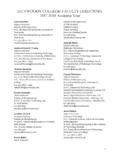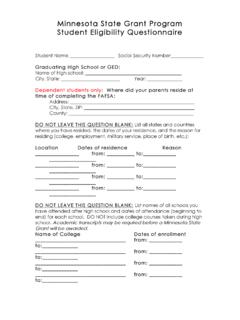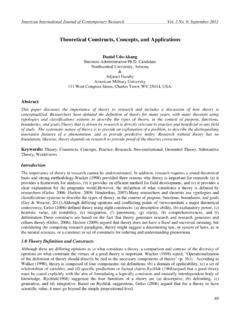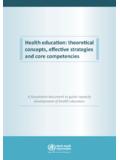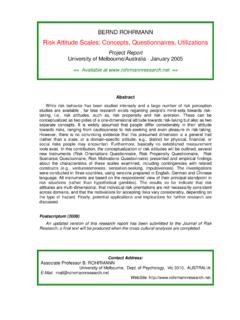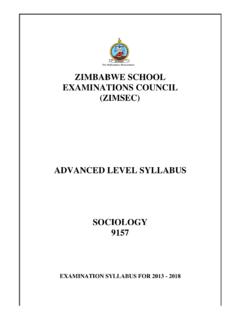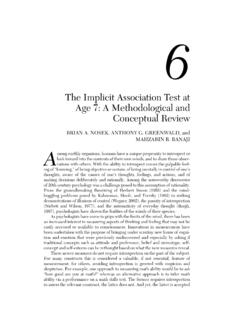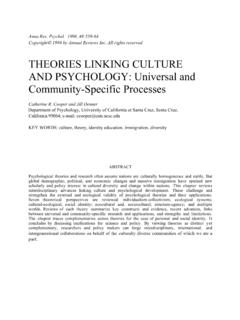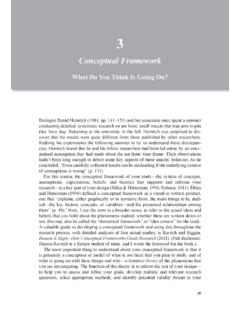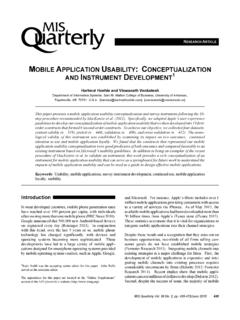Transcription of WELDING & METAL FABRICATION
1 *Based on May 2016 State Occupational Employment and Wage Estimates for the state of Minnesota published by the Bureau of Labor Statistics, **Data reflects placement for AY2016-17 graduates indicating employment in their field of study within 6 months following graduation. Full data calculations are available for review during College open hours Monday through Friday 8 to 4 CT at Career Services or contact to DescriptionThe WELDING & METAL FABRICATION program provides students with the unique opportunity to combine two highly skilled trades into one AAS degree by taking the one-year WELDING Technology certificate and adding an additional year of training in Dunwoody s state-of-the-art machine shop.
2 Students gain the entry-level skills and theoretical knowledge to machine parts, layout assemblies for FABRICATION , weld assemblies, and finish weldments utilizing various machine from this program are prepared to enter the industry as welders, fabricators, machinists, and machine operators. The course of study includes: manual milling and turning; measurement and materials; job planning and layout; metallurgy; oxygen-fuel WELDING and cutting; shielded METAL arc WELDING (SMAW-stick); gas METAL arc WELDING (GMAW-MIG); gas tungsten arc WELDING (GTAW-TIG); and the various FABRICATION processes.
3 The program s curriculum is closely aligned with standards set forth by National Institute of Metalworking Skills (NIMS) and the American WELDING Society (AWS). Arts & Sciences curriculum supports the technical coursework by enhancing the students communication, mathematics, and critical thinking skills. A shorter certificate option is also available. Dunwoody College of Technology: a non-profit, private technical college since EarnedAAS DegreeClasses OfferedDayLength of Program2 years (4 semesters)Available StartsFall Semester.
4 Spring SemesterFurther StudyBachelor s Completion Degree in Industrial Engineering TechnologyWELDING & METAL FABRICATIOND egree RequirementsWELD1110* Introduction to WELDING LabWELD1120* Introduction to WELDING TheoryWELD1130* WELDING Math, Prints & SymbolsWELD1210* Advanced WELDING LabWELD1221* Advanced WELDING Theory & ApplicationsMACH1110 Machine Tool Fundamentals LabMACH1120 Machine Tool Fundamentals TheoryMDES1110 Engineering Drawings with SolidWorksMACH1210 Advanced Machining LabMACH1220 Advanced Machining TheoryMDES1230 Geometric Dimensioning & TolerancesARTS1350* Structural Drawing * Communications Elective Social Sciences ElectiveMATH1050 Algebra.
5 Trigonometry & Geometry Humanities Elective Communications ElectiveMATH1200 Machine Math*Courses required for the WELDING Technology certificateCommon Job TitlesRecent EmployersSalary DataPlacement RateWelderFabricatorMillwrightPipefitter Machinist Despatch IndustriesCaterpillar, Inc. GE Power & WaterBAUER ManufacturingMillwrights Local 548$42,870*Annual Average Salary100%**AY2018-19 Revised: DescriptionsWELD1110 Introduction to WELDING Lab, 5 cr. Perform WELDING of standard joint designs on various thicknesses of steel plate.
6 Practice oxyacetylene WELDING and cutting (OAW), stick WELDING (SMAW), and wire feed WELDING (GMAW). Introduction to tungsten inert gas (TIG) WELDING . Demonstrate shop safety, setup and troubleshooting of WELDING equipment and applications. WELD1120 Introduction to WELDING Theory, 4 cr. Identification, recognition and calculations associated with weld joint designs and weld materials. Examine various weld processes: oxyacetylene WELDING and cutting (OAW), stick WELDING (SMAW), wire feed WELDING (GMAW).
7 Introduction to tungsten inert gas (TIG) WELDING . Examine shop safety, setup and troubleshooting of WELDING equipment and applications. WELD1130 WELDING Math, Prints & Symbols, 4 cr. Principles of weld print reading, measuring systems, decimal/fraction conversions, dimensioning, layout, orthographic views, technical math, and section views. WELD1210 Advanced WELDING Lab, 5 cr. Practice WELDING of steel plate and aluminum alloys using stick WELDING (SMAW), wire feed WELDING (GMAW) and tungsten inert gas (TIG) WELDING .
8 Demonstrate shop safety, grinding, finishing, and cutting practices in a final FABRICATION project. WELD1221 Advanced WELDING Theory & Applications, 8 cr. Identification, recognition, and calculations associated with weld joint designs and assemblies using various WELDING and metallurgic processes. Other topics include: material selection, layout, fixturing, weldment inspection and lean manufacturing. Culminates in a designed and fabricated Machine Tool Fundamentals Lab, 5 cr. Manufacturing of parts through layout and bench work, includes the use of band saws, drill presses, surface grinders, manual lathes and vertical mills.
9 Basic principles in METAL -cutting technology includes threading, tapers, knurling, boring, radii cutting and milling procedures such as squaring stock, the use of rotary table and the many other milling and turning Machine Tool Fundamentals Theory, 4 cr. Identification, recognition and calculations associated with basic principles in METAL -cutting technology including machine feeds and speeds, threading, tapers, knurling, boring, radii cutting and milling and turning Engineering Drawings with SolidWorks, 4 cr.
10 Creation of 3D solid models, assemblies and related engineering documentation using SolidWorks. Blueprint reading and application of ASME/ANSI standards to CAD Advanced Machining Lab, 5 cr. Advanced manufacturing of parts through layout, bench work and job planning. Advanced manual turning and milling and an introduction to CNC M & G codes. CNC portion includes manual programming via machine control and software Advanced Machining Theory, 4 cr. Identification, recognition and calculations associated with advanced milling and turning operations, inspection of finished parts and an introduction to the G & M codes used in CNC programming.
